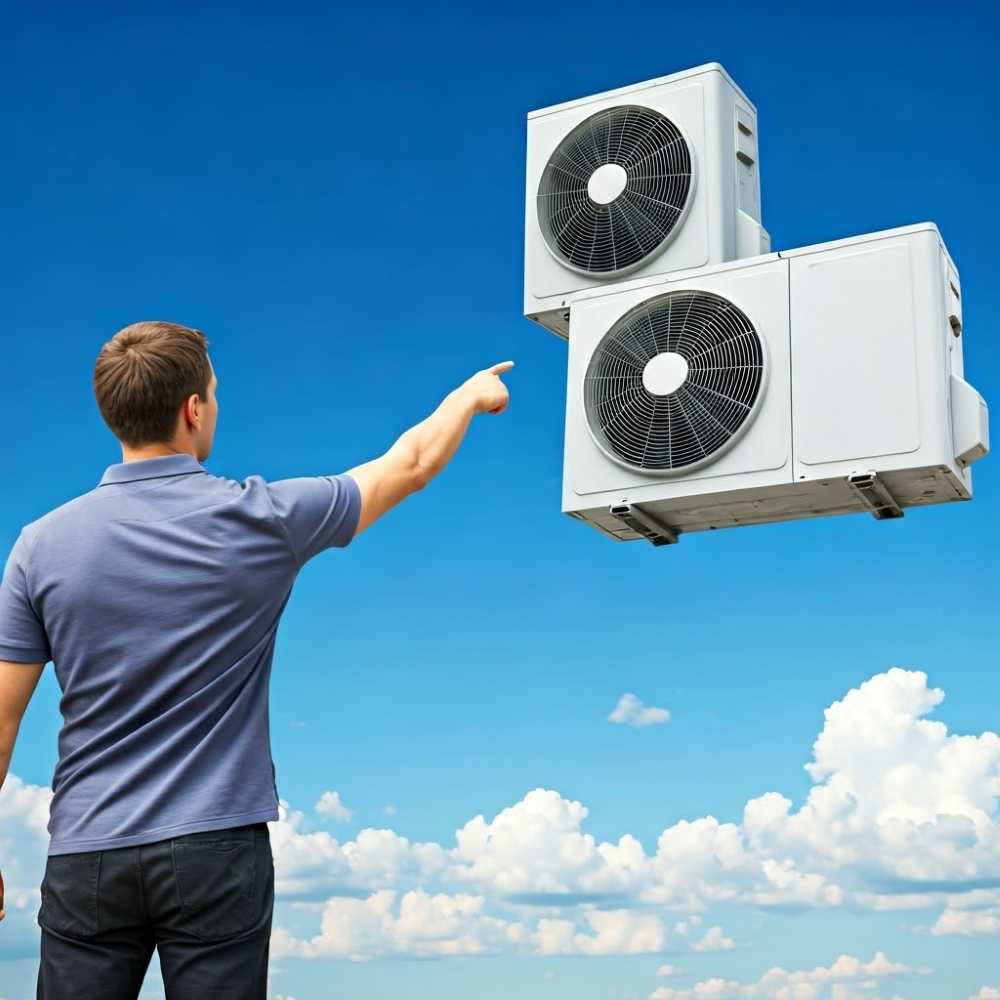The Planet's Got a Fever, and It's Not Feeling Fine
The UN confirms human activity as the main cause of global warming over the past 200 years, exacerbating natural climate variability and leading to extreme weather, biodiversity loss, and resource scarcity. Greenhouse gas emissions, especially CO2, are key culprits.

Right, then. Let’s have a chat about global warming. Or, as I like to call it, "the weather, but on steroids." According to the United Nations—and these are not people who make a habit of wild exaggeration—humanity has spent the last 200 years gleefully pushing the planet’s thermostat into the red zone. Think of it like setting your house on fire while you’re in it, only to turn around and wonder why it’s suddenly so hot and smoky. This isn’t your garden-variety climate fluctuation; this is full-throttle, human-made, carbon-pumped, planet-scorching madness.
I know what you're thinking: "But what about the Sun? Surely the big burning ball in the sky must have something to do with it." And yes, you're right. The Sun does indeed have a bit of a say in how warm or cold things get down here. And volcanoes too—those great, smoking, lava-spewing beasts that look like something out of a Michael Bay film. They’ve all done their part over the eons to mess with the thermostat. But here's the thing—while they’ve been on the stage for billions of years, the lead role in our current climate drama has been rudely grabbed by something far less glamorous: us.




